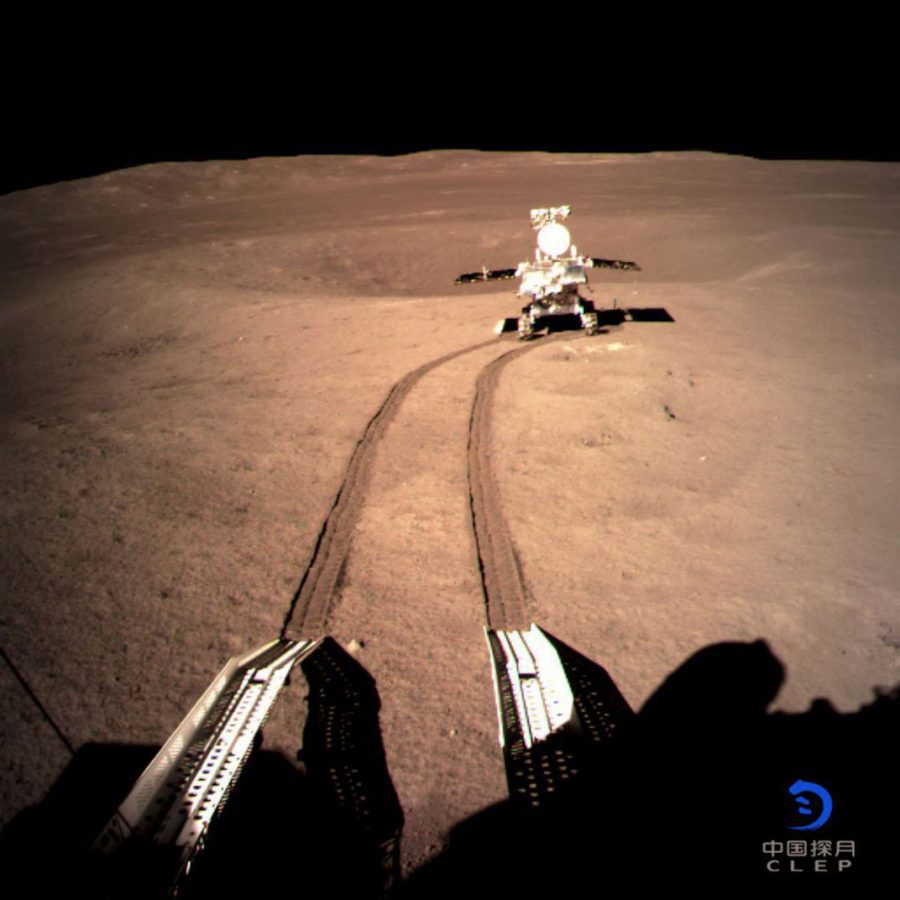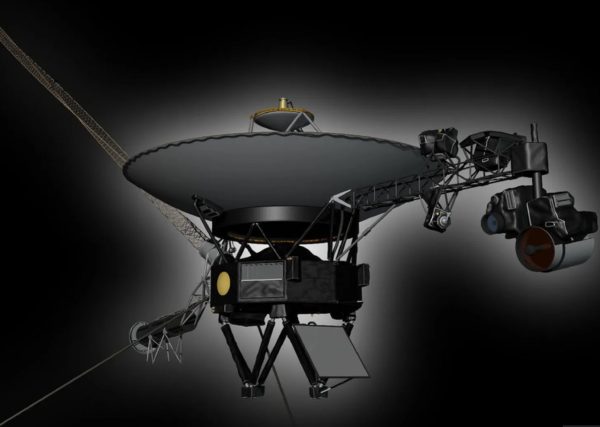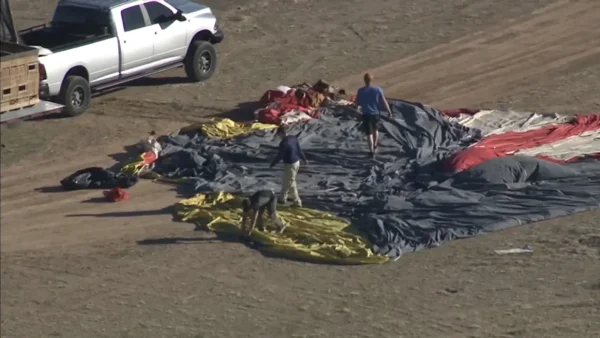Chang’e-4 Change
China’s Mission to the Far Side of the Moon a Success
January 9, 2019
Chang’e-4, a Chinese spacecraft, is now the first human craft to land on the far side of the moon. After it landed, it released the rover Yutu-2, which translates to Jade Rabbit-2. Yutu-2 then began to explore one of the largest impact craters in the solar system (Smithsonian Magazine).
During its mission, Chang’e-4 will collect mineral samples and has a farm aboard, complete with silkworm eggs, potato seeds, and a model organism for space plant studies known as Arabidopsis. Chang’e-4 will be using a new technique in order to conduct low-frequency radio experiments, as the far side of the moon is not able to get any radio signals coming from Earth (Smithsonian Magazine).
The satellite Queqiao has been monitoring Chang’e-4 and Yutu-2 and will continue to do so throughout the entire time the crafts are on the moon. Space analyst Mandate Goswami said that this is a “major achievement technically and symbolically.” Chang’e-4’s success is widely recognized and will be remembered in the space community for years to come (Smithsonian Magazine).













